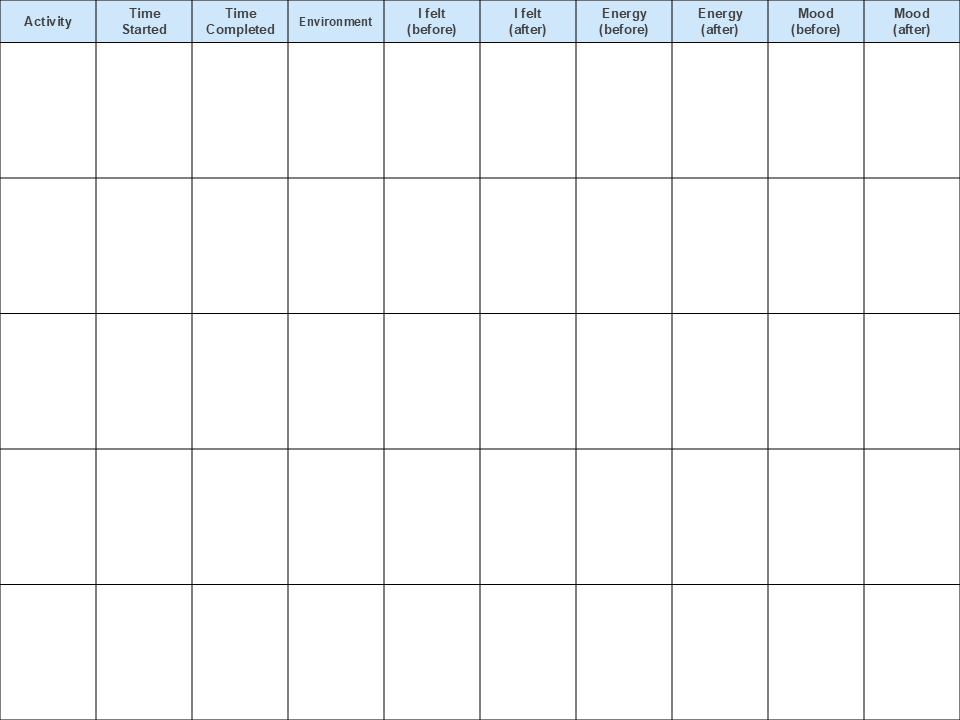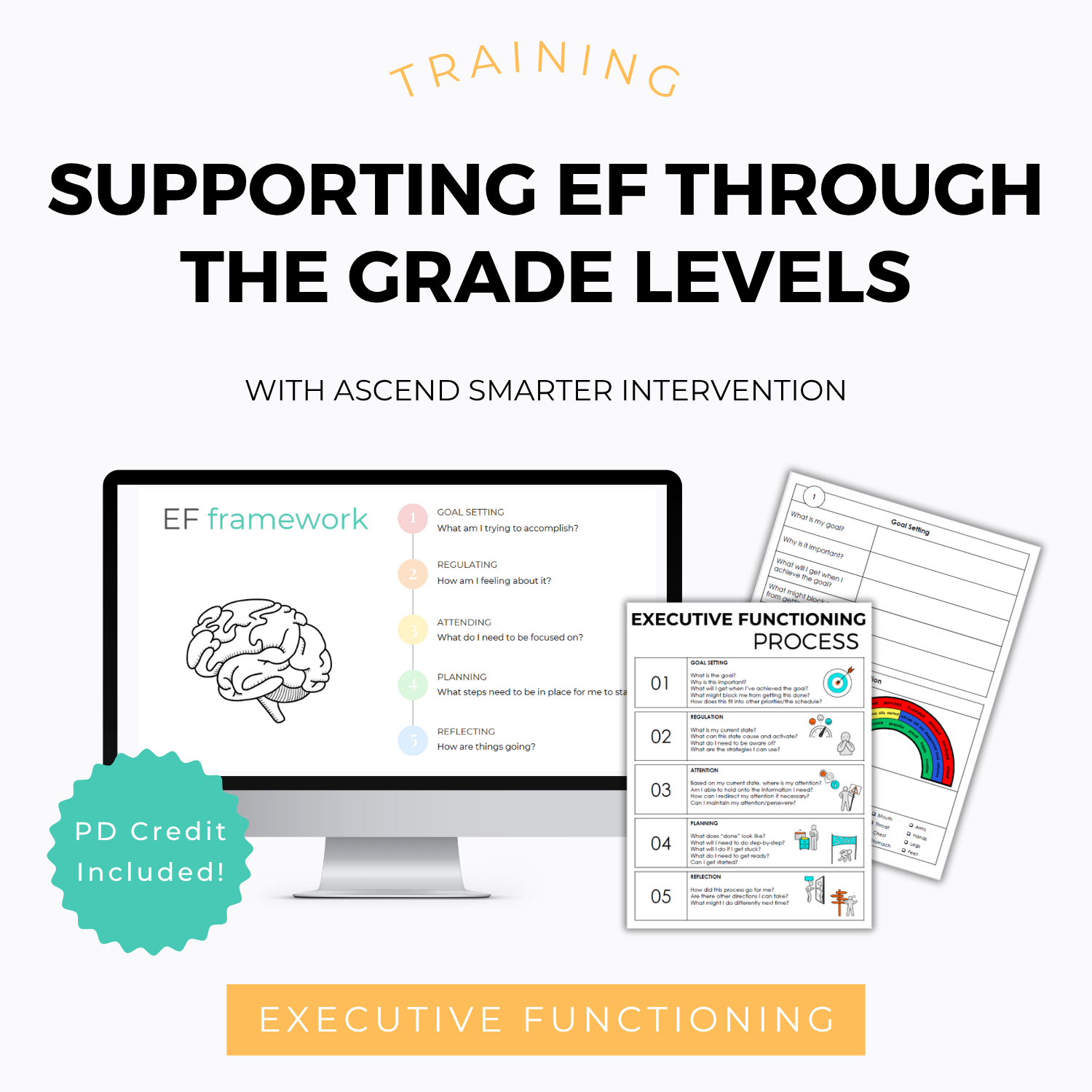How to Teach Your Students to Self-Monitor Their Attention
Attention is a critical executive functioning component (and honestly, one of the most well-known)! We’ve all heard or said, “pay attention” or “you’re not focusing” probably more often than we care to admit.
But the reality is, attention is a complicated skill!
In our blog, “How Can I Help My Students Pay Attention?”, we discuss the five different types of attention we want our students to be able to recognize:
Focused attention
Sustained attention
Selective attention
Alternating attention
Divided attention
We want students first and foremost to be aware of the different types of attention they may need to use for any given task.
Then, we want them to start to self-monitor their own attention. So, how exactly do we do that?
Teaching Students to Self-Monitor Their Attention
One effective way to teach self-monitoring is to normalize it for everyone.
Rather than singling out students, attention check-ins work best when they are embedded into classroom routines.
Whole-Class Attention Check-Ins
At the beginning of the year, you can introduce a neutral cue word or signal. Something like “time for our attention check-in.”
When students hear the cue, they silently ask themselves:
What am I working on right now?
Is this part of the task?
Do I need to redirect my attention?
This builds reflexive questioning, a skill that helps students self-correct in the moment rather than relying on adult prompts.
Making Attention Visible
Some students benefit from visual tracking of their attention. It’s almost like journaling a bit to call attention to what’s going on.
This might include:
a self-monitoring sheet where they note the activity, when they started, when they finished, where they were, how they were feeling, etc.
periodic timer-based check-ins where they provide a quick written response to note whether they were on task
brief reflections after work time about how long they were able to maintain focus and where things got tough
The goal here is simply awareness. When students can say, “My attention drifted, and I brought it back,” they are building executive functioning skills that last far beyond the classroom.
Supporting Attention Across Settings
Attention self-monitoring can be reinforced beyond the classroom by:
using timed work intervals
encouraging brief, intentional breaks
helping students identify strategies that work best for them
Tools such as timers, chunking, movement breaks, and fidgets can support attention when used appropriately.
Reframing Attention Struggles
One important thing to recognize is that difficulty with attention does not mean a student doesn’t care. It usually means that either they don’t yet recognize when their attention has shifted, they don’t know how to bring it back, or they are managing competing cognitive demands. When we teach students how attention works (and how to monitor it) we give them tools to succeed instead of repeated corrections.
Looking for more Executive Functioning strategies?
In our Supporting Executive Functioning Through the Grade Levels PD training, we:
Break down attention, working memory, planning, and regulation in depth
Show how to teach these skills explicitly
Provide the Executive Functioning Toolkit, including visuals, organizers, and student-facing tools
Walk through real examples across classroom and intervention settings
This training and the Executive Functioning Toolkit are designed for educators who are ready to take this knowledge into practical, grounded implementation.



